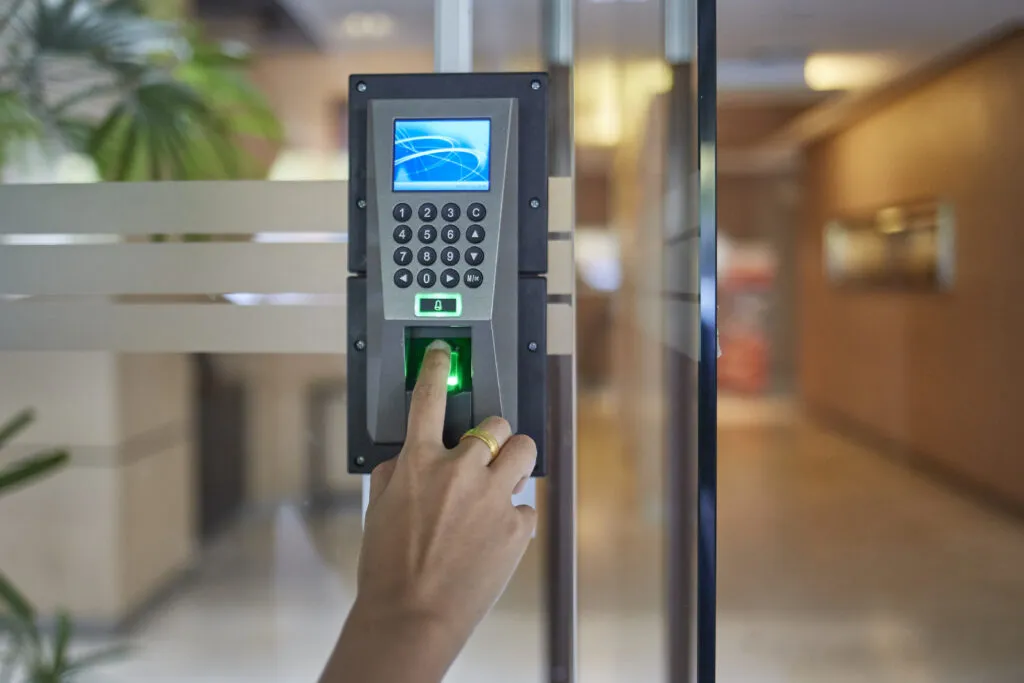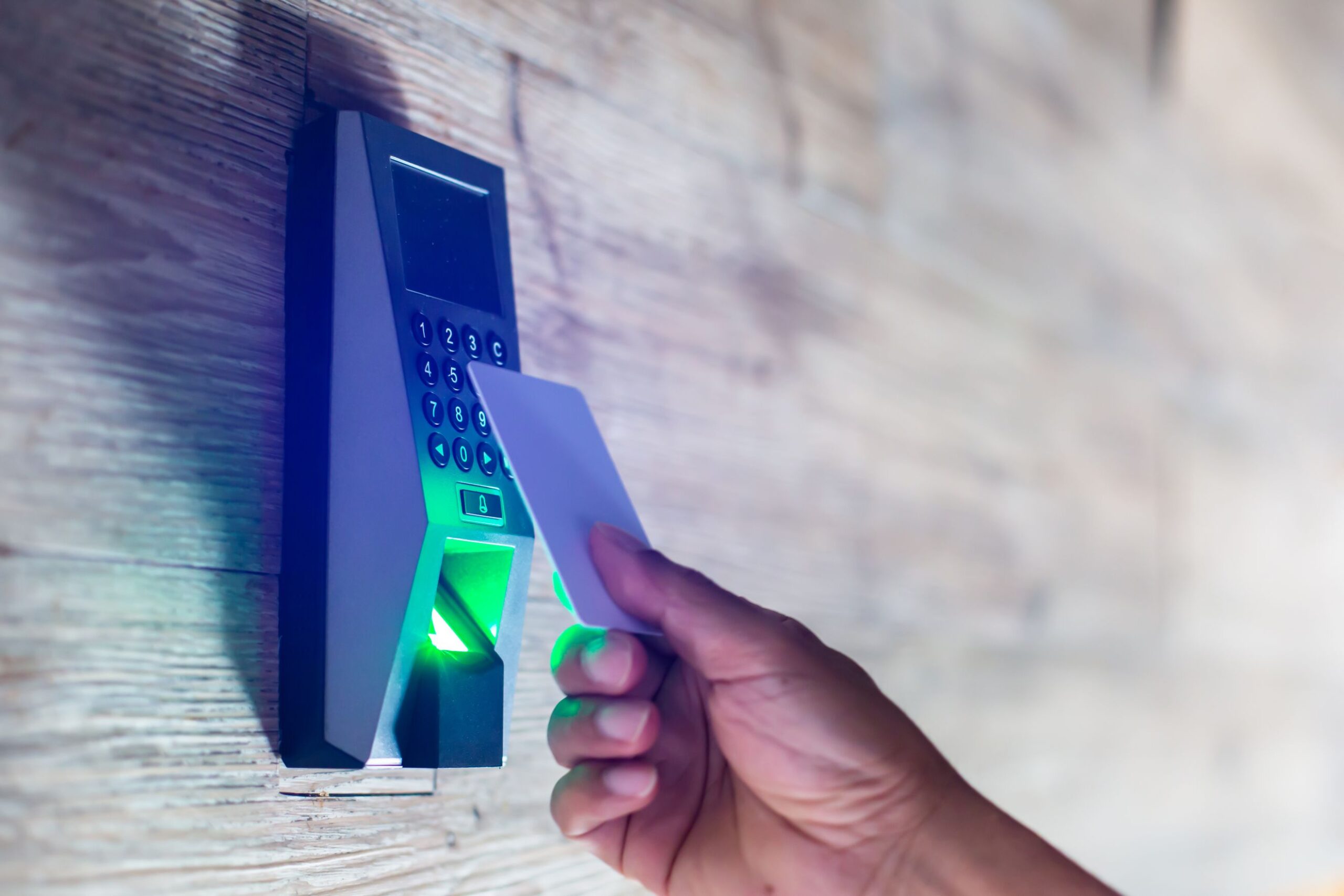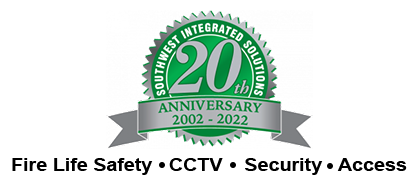What Is Access Control in Security

What Is Access Control in Security
Access control in security is the process of restricting who enters a space and when. Anyone may join, whether an employee, a contractor, or a visitor. People are entering a building, room, or cabinet.
Physical access control systems may improve security and give several other benefits, including enhanced efficiency in business operations and facilities management.
An “access control system” controls access to specified places.
Physical access control systems frequently refer to electronic security systems. They generally allow people to enter restricted areas using an access card. They may also help you monitor how your facilities and locations are used by identifying who accessed what and when.
Instead of keys, why use access control systems?
Many smaller firms employ mechanical keys as their primary physical access control. Mechanical keys have limitations, especially for more prominent organizations, even small businesses. These are a few issues that may emerge while using keys.
People lose their keys.
If a key is lost, the lock needs to be changed to prevent misuse. Then re-key the door for everyone who needs to enter.
Keys do not leave a trace.
You don’t know who entered or when since you can’t see a key.
Keys are notoriously tricky.
Various keys are required to enter many buildings and rooms, making them difficult to carry and utilize. It’s hard to remember which key designations, yet identifying them would compromise security.
Control and security improved.
The benefits of utilizing an electronic access control system outweigh the disadvantages of using mechanical keys.
It can:
Who has access?
For example, prohibit automated worker access. Guests and contractors should check-in at the front desk.
Which entrances can they use?
You might opt to limit access to specific areas. For example, only technicians should be allowed in your laboratory.
When can they access it?
Contractors and lower-level staff may only enter during their planned shifts, but senior personnel may access at any time.
When do they get access?
For example, you may restrict access to contractors only if they can provide proof of qualification.
A robust access control system also enables you to adjust these criteria per user. You may easily change them as required.
It also shows who accessed what and when making it easier to determine who was engaged in an event.
Access control systems have several IDs.
Access cards are still the most used ID in access control. You present your card to a reader, and you will gain access if all conditions suffice.
However, there are alternatives to cards, some more secure.
The practical methods of identification are:
You possess something, like an access card, badge, or other identifiers like a PIN or password.
You have biometric markers like a fingerprint or an iris.
Each identification method has benefits and drawbacks, and the ideal way depends on the situation. Consider using different strategies for outside and interior doors.
You may also combine two forms of identification to increase security. You utilize the first method to validate your identity and ensure that you are. In a room with expensive goods, you may ask them to show their access card, then offer a PIN or their fingerprint for verification.
Consolidate efficiency.
Usually, numerous departments decide who gets what. It involves human resources, facilities management, IT, and security. These divisions often operate autonomously. But this is inefficient and may lead to significant security issues.
So that all systems are secure and efficient. An access control system that can link to other methods may connect everything.

